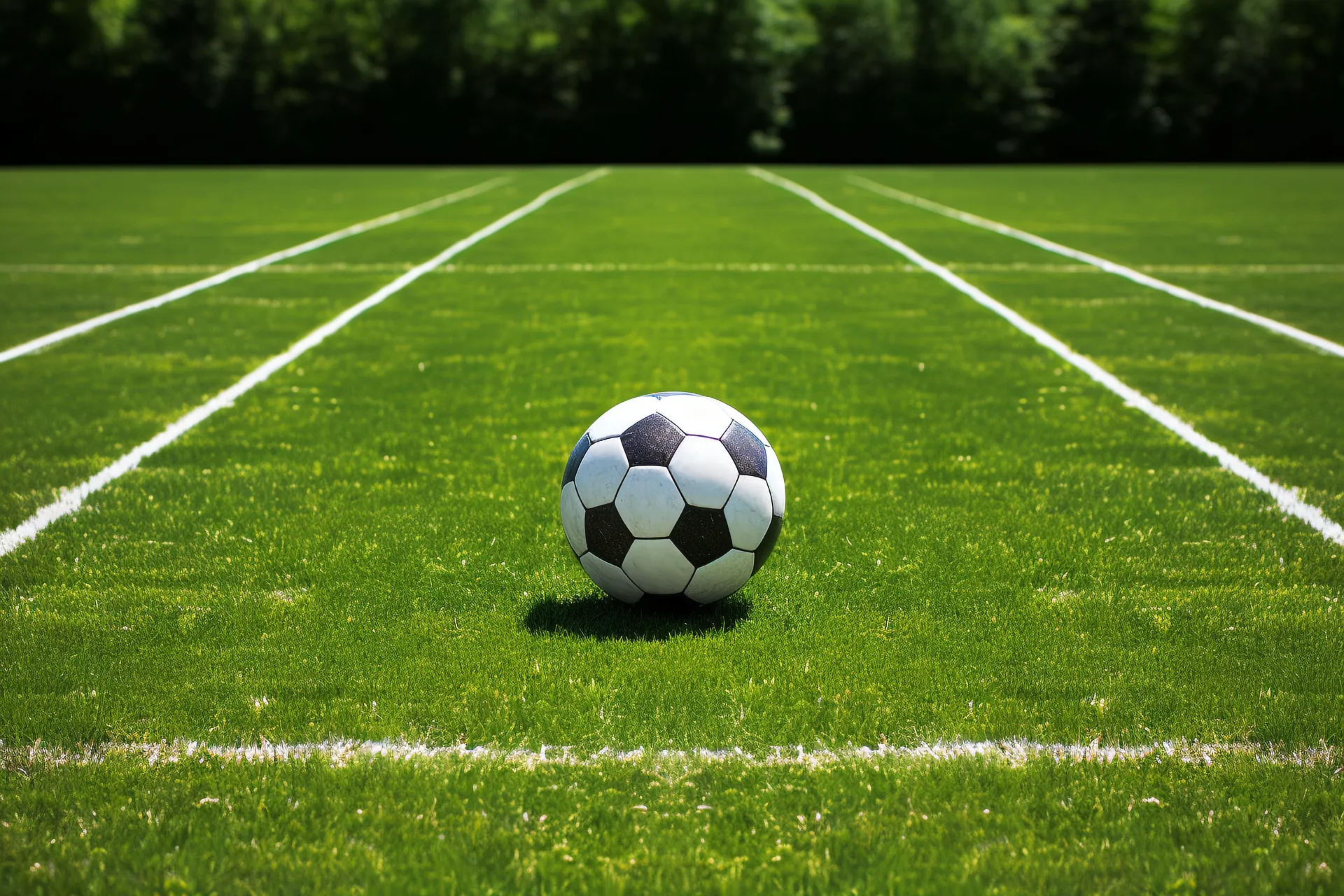
- ອາຟຣິກາ
- ອາຣັບ
- ເບລາຣຸດ
- ເບັງກາລີ
- ເຊັກ
- ເດັນມາກ
- ໂຮນລັງ
- ພາສາອັງກິດ
- ເອສເປີຣັນໂຕ
- ເອສໂຕເນຍ
- ຟິນແລນ
- ຝຣັ່ງ
- ເຢຍລະມັນ
- ກຣີກ
- ບໍ່
- ຮັງກາຣີ
- ໄອສແລນຕິກ
- ອິນໂດເນເຊຍ
- ໄອແລນ
- ອິຕາລຽນ
- ພາສາຍີ່ປຸ່ນ
- ຄາຊັກ
- ຣູວັນດາ
- ເກົາຫຼີ
- ກີຈີສ
- TB
- ລາຕິນ
- ລັດເວຍ
- ມາເລ
- ມົງໂກລີ
- ມຽນມາ
- ນໍເວ
- ເປີເຊຍ
- ໂປໂລຍ
- ພາສາປອກຕຸຍການ
- ໂຣມາເນຍ
- ພາສາລັດເຊຍ
- ເຊີເບຍ
- ແອສປາໂຍນ
- ຊູແອັດ
- ພາສາຕາກາລັອກ
- ທາຈິກ
- ໄທ
- ຕວກກີ
- ເຕີກເມັນ
- ອູແກຣນ
- ພາສາອູດູ
- ອູຍເກີ
- ອຸສເບກ
- ຫວຽດນາມ
Choosing the Right Gear and Surface for Football: A Complete Guide to Synthetic Turf and Boots
ພ.ພ. . 20, 2025 14:30 ກັບໄປທີ່ລາຍຊື່
Football has evolved tremendously over the past decades, not just in tactics and skill but also in the surfaces and gear used. Among the most revolutionary changes is the widespread adoption of football synthetic turf, which has redefined how and where the game can be played. To get the best out of your performance and protect yourself from injuries, it's essential to understand the benefits of football turf, and how to choose the right football boots for artificial grass.

The Rise of Football Synthetic Turf
Gone are the days when muddy, uneven grass pitches were the standard. Today, football synthetic turf is widely used in schools, stadiums, and community fields due to its durability, low maintenance, and consistent playing conditions. Unlike natural grass, synthetic turf doesn't get patchy, waterlogged, or require constant mowing and reseeding.
The key advantages of football synthetic turf include:
Weather resistance: No cancellations due to rain or poor field conditions.
Longevity: A well-installed turf can last up to 8-10 years with proper care.
Low maintenance: No need for watering, pesticides, or constant upkeep.
However, playing on synthetic surfaces requires players to adapt their footwear and playing style to prevent injuries and enhance performance.
Understanding the Benefits of Football Turf
Football turf—another term commonly used to refer to artificial pitches—offers a fast and reliable playing surface. The ball rolls quicker, and players enjoy more predictable bounces compared to natural grass. These benefits make football turf a popular choice for training and competitive play.
There are two main types of football turf:
Third-generation (3G) turf: These surfaces feature longer synthetic grass blades with infill materials like rubber and sand to replicate the feel of natural grass.
Fourth-generation (4G) turf: An evolution of 3G without infill, designed for better ball control and speed.
For players, understanding the specific type of turf is critical in choosing the right gear—especially boots.
Myths and Facts About Football Fake Grass
Some players still hesitate to play on football fake grass, fearing more injuries or less realistic play. However, modern synthetic turf is designed with advanced technology to closely mimic natural grass conditions.
Let’s debunk some myths:
Myth: “It’s too hard and increases injury risks.”
Fact: Quality turf with proper infill cushioning significantly reduces impact and improves safety.
Myth: “Shoes for artificial grass aren’t that important.”
Fact: Using inappropriate boots can lead to ankle, knee, and foot injuries, especially on hard surfaces.
Myth: “It doesn’t feel like real grass.”
Fact: Today's football fake grass offers excellent traction, comfort, and ball response, rivaling many natural pitches.
If you play regularly on artificial surfaces, investing in boots designed for football turf is essential—not just for performance but for long-term health.
Final Thoughts
Whether you’re a weekend warrior or a competitive player, adapting your gear to the environment can make all the difference. Understanding the difference between natural grass and football synthetic turf will help you make informed decisions about footwear, maintenance, and safety. The right pair of football boots for artificial grass, combined with a high-quality football turf, can elevate your game while keeping you safe.
So next time you hit the pitch, take a moment to check the surface—and your boots. Your knees, ankles, and goals will thank you for it.
-
The Rise of Artificial Grass in Modern Football Infrastructure
ຂ່າວMay.30,2025
-
The Rise of Artificial Turf in Modern Football and Soccer Fields
ຂ່າວMay.30,2025
-
Transforming Your Living Space: The Beauty of Artificial Grass for Your Home
ຂ່າວMay.29,2025
-
Transform Your Space: The Ultimate Guide to Artificial Grass for Home and Garden
ຂ່າວMay.29,2025
-
The Ultimate Guide to Pet-Friendly Artificial Grass for a Happy, Healthy Yard
ຂ່າວMay.22,2025
-
Transform Your Space with Artificial Grass: A Modern Approach to Decoration
ຂ່າວMay.21,2025
ປະເພດຜະລິດຕະພັນ









